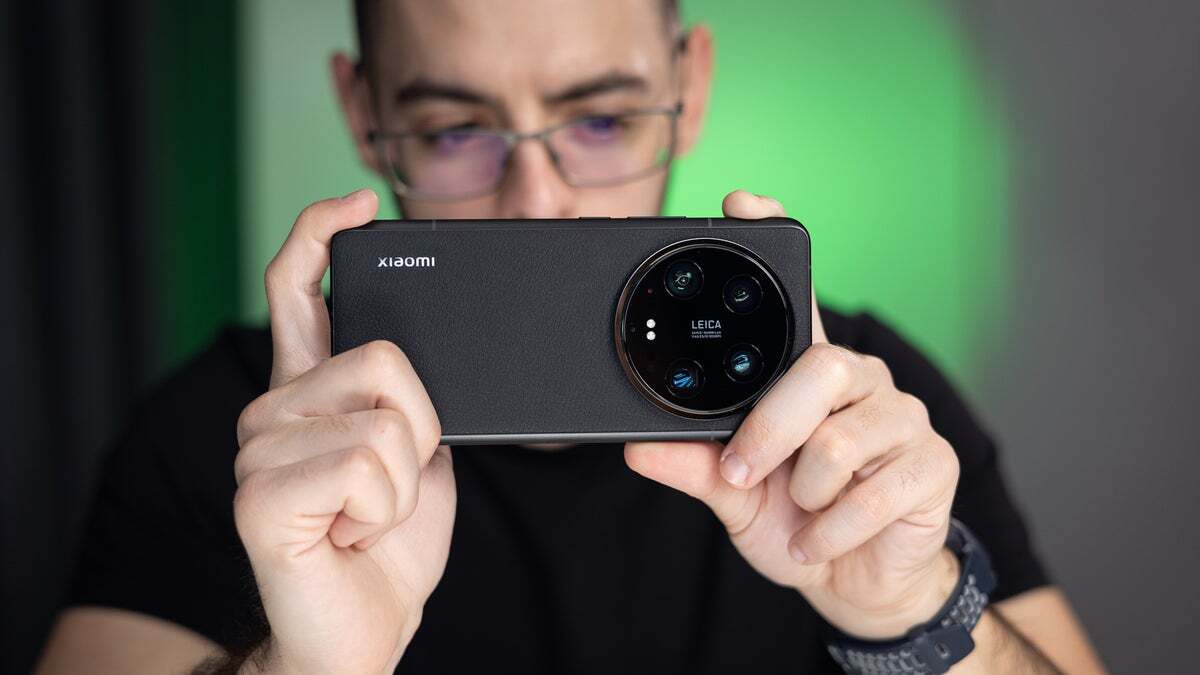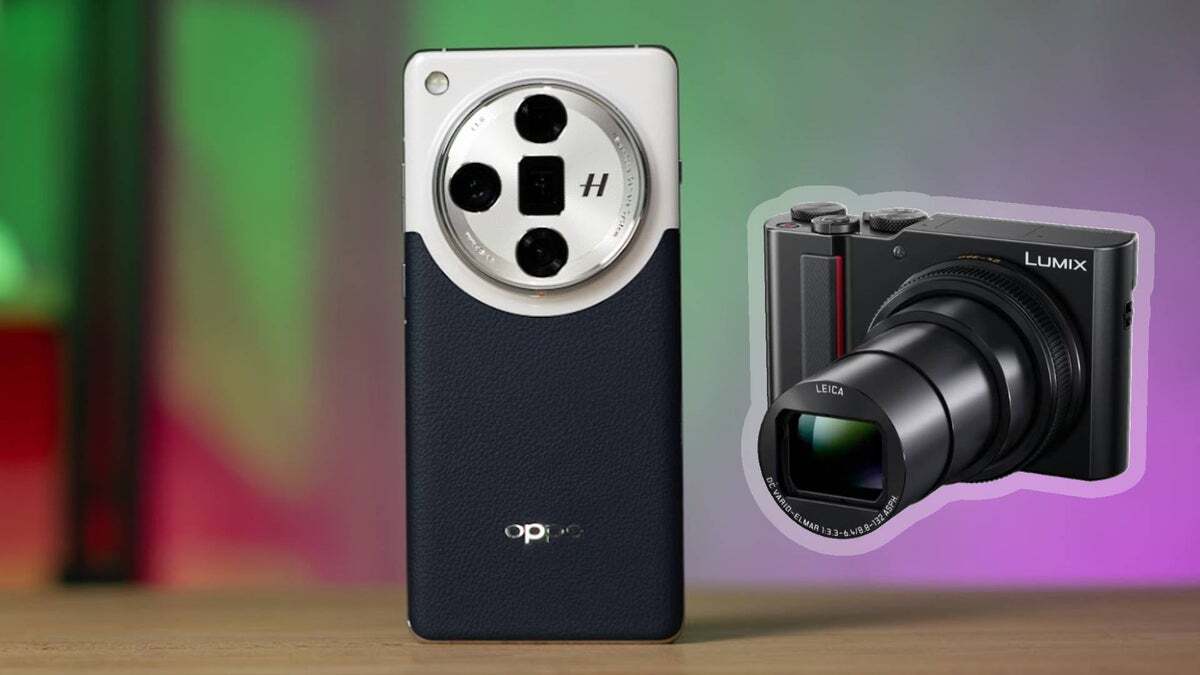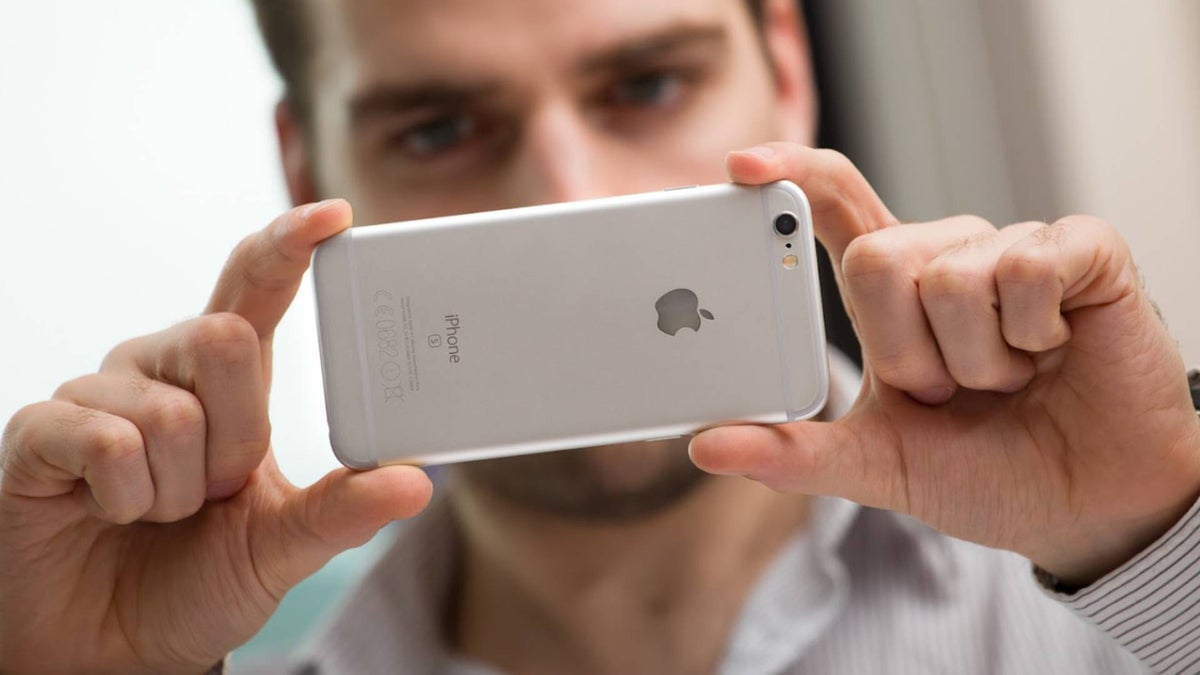One day, maybe sooner than later, you’ll find yourself in the distinct company of a person who’ll say that for (mobile) photography you need the “best phone currently”.
– Look, buddy, if you’re serious about photography, you need this year’s flagship. Older models are not worth it. They simply aren’t as capable! That’s if you’re serious about it.
– But, I…
– No, no, I’m telling you. If you don’t get this flagship right here, you’ll never take cool photos.
– But the price…
– I don’t want to hear it. If you’re serious about it, you’ll pay up.
That’s when you need to:
a) Get up and leave right away;
…or…
b) Change the topic, because you’re dealing with a fanatic and you have zero chance of changing their mind.
I’m not saying that just because a photo from the Galaxy Note 20 Ultra recently won the Portrait category in the 2024 British photography awards. Yup, Samsung’s 2020 flagship, the last of the “Note Ultra” line, got the best of newer, pricier and fancier handsets like the iPhone 15 Pro, the Galaxy S23 Ultra, and others.I’m saying that because I do believe that you don’t need the latest and greatest flagship out there to take stunning photos.
In fact, if you’re at the very beginning of your journey into (mobile) photography, the worst thing to do is to get yourself the most turbocharged flagship out there. I’ll tell you why in a moment.
So, if flagships are not meant for wanna-be photographers, then what?
This kind of leaves photo-centric flagships “reserved” for all who are well into photography, right? Wrong. There are photographers that simply don’t care that much about the latest and greatest. They just want a phone that won’t let them down in the critical moment, and that won’t break the bank.
I’ve met many professional photographers who pack tens of thousands of $$$ in dedicated cameras and lenses, yet when they reach for their pocket, a mid-ranger comes out. You wouldn’t believe it.
Of course, that’s not to say flagships should go kick rocks. Not in the slightest bit.
On one hand, technological advancements in smartphones have totally changed the game in making photography more accessible and beefed-up. But it’s less about what gear you’re rocking and more about that eye for the epic moment…
Flagships will spoil you

The Xiaomi 14 Ultra is currently one of the best photo-centric devices to get
I’ll say that again – if you’re a greenhorn snapper, you’ll do yourself a disfavor by getting the latest and greatest.
Apart from the metaphysical aspect (yes, “suffering” with a crappy camera in the beginning is good for character), there are several very real ways in which a flagship won’t do a greenhorn any good:
- It’s complex: High-end flagships come with complex camera features and settings that can be overwhelming for newcomers. They require understanding various technical aspects like ISO, aperture, and shutter speed, which might discourage new photographers if they struggle to produce good photos right away.
- Bad for learning: Starting with a simpler smartphone camera allows beginners to focus on the basics of composition, lighting, and subject without getting bogged down by intricate technical details. The priority should be learning how to see and compose good images, not navigating complex equipment.
- Money: Photography can be an expensive hobby, and investing a lot of money at the start isn’t necessary.
- Upgrading is fun: Starting with a mid-range phone camera can teach you what features you actually need based on your shooting style and interests. As you grow and understand your requirements better, you can upgrade to a camera that suits your advanced needs.
- Skill development: The camera doesn’t make the photographer. Great photos can be taken with almost any camera if you understand the principles of photography. By learning to make the most out of a less advanced camera, you develop skills and techniques that will transfer when you eventually upgrade.
- Peace of mind: Owning a flagship means learning how to deal with the microstrokes every time your expensive toy slips out of your hand and gravity comes into play.
That’s why it’s safe to say that older, lamer phones will actually help you!
“Pwn” and master your phone
(only then move to the next level)
This is a must. First, you must absolutely push the limits of your current phone’s camera and it’s only then that you move to the next phone with a better camera.
You have to “pwn” your phone, okay? The term “pwn” originated from online gaming, evolving from a typo of “own,” used to express dominance or control over opponents. So, if you “pwn” your phone, that means there’s nothing about it that you don’t know or you haven’t mastered.
That’s going to be of great use later.
Mastering a “basic” phone’s camera is not just about saving money or starting simple; it’s about building a strong, foundational skill set that will enhance your capabilities and enjoyment of photography as you progress to more sophisticated handsets. This approach ensures that when you do make the jump to flagships, you’re fully prepared to take advantage of its advanced features to enhance your artistic vision.
Here are some of the pros of rocking an older phone that’s inferior to today’s flagships and their cameras:
- Getting it right: Learning on a basic camera forces you to focus on essential photography skills such as composition, lighting, and perspective without relying on advanced technology. This solid foundation is crucial because these principles apply regardless of the camera being used.
- Creative problem-solving: Working with simpler equipment often requires more creativity to overcome technical limitations. This can lead to a deeper understanding of how to achieve great results with less.
- Confidence: Mastering a simpler camera builds confidence. As you learn to produce great photos with basic gear, you gain confidence in your ability, which is crucial when handling more complex and sensitive equipment.
- Adapting: Basic cameras typically don’t perform well in all conditions, especially low light. Learning to adapt to different environments with a basic camera can make you a more versatile photographer.
- Long-term skill development: The skills you develop on a basic camera carry over when you upgrade. That’s how you grow!
Also, choosing an older (or less capable) phone is good for your budget!
Yes, flagships are worth it


The Oppo Find X7 Ultra got the best of a dedicated point and shoot camera
At the beginning of this piece, I said that flagships can be a bad idea for both amateur and professional photographers.
Of course, this doesn’t automatically mean that photo-centric flagships are useless. Quite the opposite. We absolutely need them, even if the majority of people do not buy them. Sounds like a paradox, doesn’t it?
The truth is that high-end technology debuts (well, after its military or space appliances) on flagships. Then, it makes its way to mid-rangers and budget phones.
The original iPhone – the one which started the revolution in 2007 – had a 2-megapixel camera on its back. Forget about mid-rangers, even budget phones have been surpassing the OG iPhone in the camera front for years.
But, back to the point on why using a photo-centric flagship is both important and fun.
Let me give you an example. Recently, I went to sunny Spain with the Oppo Find X7 Ultra – that’s a photo-centric beast with a 1-inch sensor for its main camera and two dedicated periscope zoom lenses (3x and 6x). This, and much more, makes the Oppo Find X7 Ultra a photo-centric beast that’s not afraid of shooting in the dark (any camera’s weak spot). I brought along my trusted point and shoot camera, also offering a 1-inch sensor and serious zoom capabilities.
I’m not what you’d call a serious photographer, but I do enjoy taking pictures (street photography and portraits are my weak spots) and I was slightly skeptical that the Oppo was going to be on par with my point and shoot
I was proven wrong, as the phone did get the best of the dedicated camera in many cases.
Does this mean that I’m in possession of the ultimate tool for the ultimate photos? No. If I was after the best possible quality, I’d pack a $5000 full-frame camera and some heavy, large lenses. For me, that’s a no-no: I like to keep it light, and simple. That’s why a flagship is the perfect solution (for me).
I’ve had a wonderful time mastering, exploring and abusing less capable phones’ cameras. For example, I’ve taken some priceless pictures with the Pixel 3a
If you want to do it, just do it
(Bonus tip)
The best camera is the one you have with you.
That’s why, if you want my advice, I’ll tell you something slightly different (which conveys the morals of the aforementioned saying): Go and shoot. Don’t wait for the ultimate flagship to land in your hands. You’ve got a pretty potent camera available in your older phone (or in your mid-range device), nothing stops you from getting splendid images.
If you come to think about it, photography, at its core, is an art form that relies heavily on the photographer’s ability to see and capture the world uniquely. The principles of composition, subject choice, lighting, color, contrast, and storytelling are fundamental. The skill of the photographer in manipulating these aspects often outweighs the technical capabilities of the camera used.
Historically, many of the world’s most iconic photographs were taken with analog cameras, which lacked the modern features of today’s digital devices. No fancy-schmancy features like image stabilization, autofocus, high ISO performance, HDR, editing flexibility, customization, and more.
These images, such as the works of Ansel Adams (breathtaking landscapes) or Henri Cartier-Bresson’s street photography, are celebrated not for the technical perfection of their pixels but for their profound impact and timeless storytelling.
For finals, let me give you a bonus tip – get some accessories for your non-flagship camera. There are many available options, like cases that allow you to screw extra lenses on top of your camera, or filters. They are cheap and cheerful and will make you shoot more often.
Back in the day, I used to rock an ultra-wide third-party lens on my Pixel 3a and got some delightful results, like this one below. Is it that bad that this snapshot is not one of 50 megapixels in resolution, or that it’s not pinpoint sharp, or that the dynamic range could be better? Maybe, but at the end of the day, I like it just the way it is:


Shot on the Pixel 3a with a third-party wide-angle lens
If you’re still not convinced, you may as well just Google the following and see for yourself: “20 of Apple’s Favorite Photos Shot with the iPhone 6”.
You’ll be surprised how well phones were shooting in 2014.
